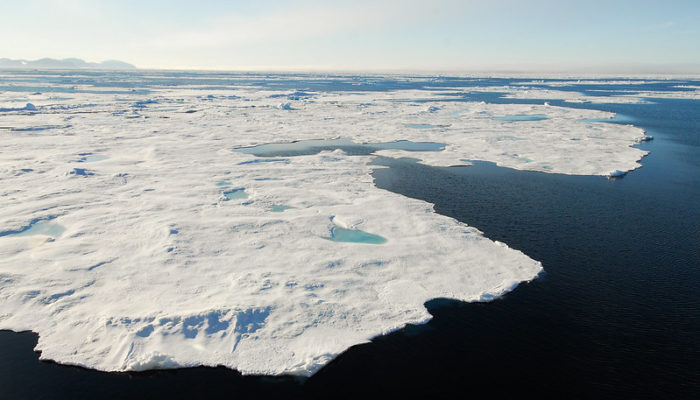We may not often think about it, but climate in Antarctica can be very different depending on where we are exactly (do not expect palm trees though!). Winds play a big role in shaping these differences, which are reflected – among other things! – on sea ice. But how are these winds related to the large-scale atmospheric circulation, and are we having an impact on them? Dear readers, pl ...[Read More]
Highlighted Paper – Meteorites in Antarctica
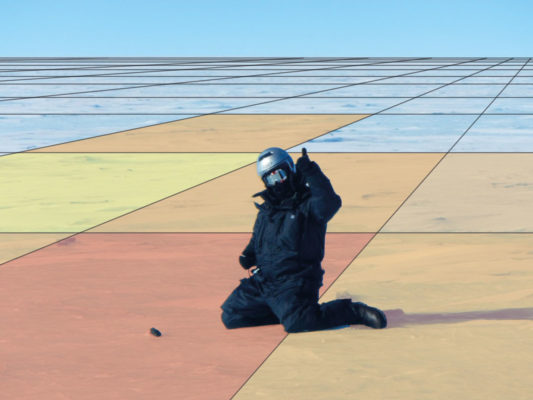
A Belgian-Dutch team of scientists created the first-ever “treasure map” that shows where in Antarctica meteorites are likely to be found. Meteorites are samples from space that fall as stone-like material on the surface of the Earth. Once recovered, meteorites provide crucial information on the formation and evolution of our Solar System. First meteorite finds in Antarctica December 1969, Yamato ...[Read More]
Will the Arctic be ice free earlier than previously thought?
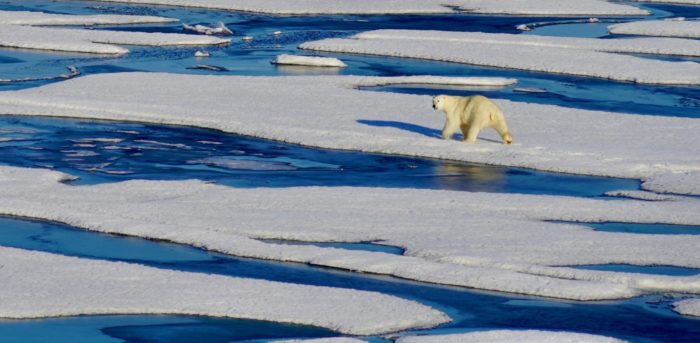
There is no doubt that the Arctic is currently losing its sea ice as our climate is warming. And this process will carry on as temperatures continue climbing. But the rate at which sea ice will melt in the future and the exact date when the Arctic will be free of sea ice is not known due to several factors (which will be briefly discussed in this post). Torben Koenigk and I have selected climate m ...[Read More]
Questions from space: what is snow and what is ice on the Greenland ice sheet?
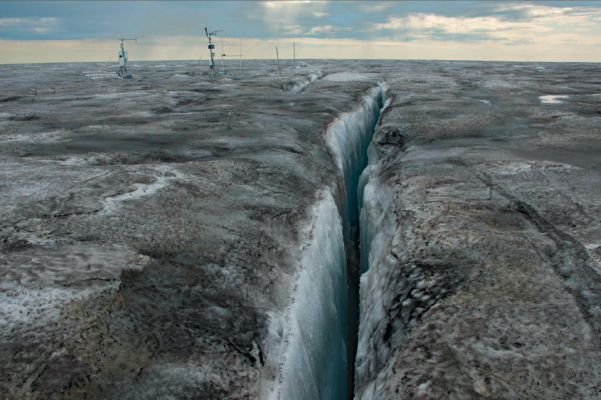
We usually think of a glacier as a white, clean surface. Well, this is only an idealized vision because in reality glaciers are far from immaculate, they can be colored! And this is extremely important since colored (dirty) ice absorbs more solar radiation than clean ice, accelerating melt. One of the places on Earth where it is fundamental to understand these processes is Greenland, where ice is ...[Read More]
It’s not you, it’s me(lange): ice shelf break-up triggered by mélange and sea-ice loss

Between March and May 2007, a total of ~2,445 km2 (equivalent to over 17 football pitches) of ice mélange (a mixture of sea-ice types, icebergs and snow) and part of Voyeykov Ice Shelf in East Antarctica rapidly broke up. Observations of the timing and triggers of such events are relatively rare in East Antarctica, compared to ice shelves on the Antarctic Peninsula. Recent work highlights the impo ...[Read More]
Atmospheric Rivers: A blanket for Antarctic winter sea ice
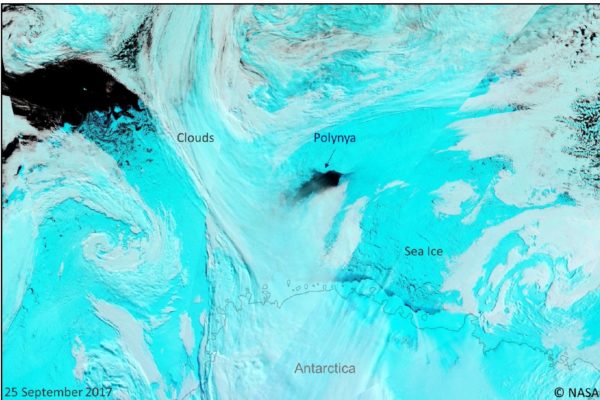
The mysterious appearance and disappearance of the Weddell Polynya, a giant hole in the sea ice cover, has long puzzled scientists. Recent work reveals that the polynya is initiated and maintained by gigantic and formidable atmospheric currents: atmospheric rivers! Read on to find out more… Each year, approximately 15 million square kilometers of ice forms in the Southern Ocean around Antarctica d ...[Read More]
Lost in transl[ice]tion…
![Lost in transl[ice]tion…](https://blogs.egu.eu/divisions/cr/files/2020/10/MainFigure-700x292.png)
Three years have passed since sea-ice scientists from both climate modeling and remote sensing backgrounds met for an international workshop in Hamburg. The goal was to discuss how to further improve our understanding of sea ice and reduce uncertainties in climate models and observations (see this previous post). One suggestion was to work on observation operators. Let’s see what has happened in t ...[Read More]
Climate Change & Cryosphere – Glacier retreat poses new challenges in the Central Andes
When you hear of Chilean glaciers, you probably think about the large glaciers of Patagonia. However, glaciers can be found further north in Chile as well (see this previous post). While the melting of the Patagonian glaciers mainly affects the global human population by contributing to sea level rise, the retreat of glaciers in central Chile affects the local human population directly in terms of ...[Read More]
Climate Change & Cryosphere – Caucasus Glaciers Receding
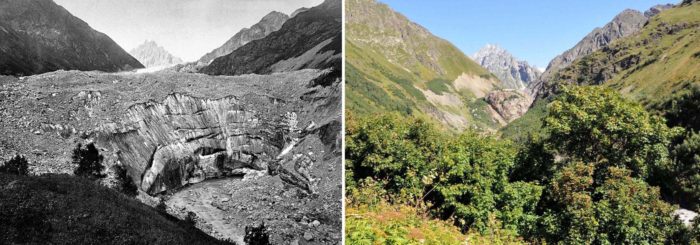
The Tviberi Glacier valley is located in the Svaneti Region – a historic province of the Georgian Caucasus. Between 1884 and 2011, climate change has led to a dramatic retreat of the ice in this valley. Other glaciers in the Greater Caucasus evolved in a similar way in past decades. We investigated glaciers and their changes both in-situ and with remote sensing techniques in the 53 river bas ...[Read More]
Image of the Week – Kicking the ice’s butt(ressing)
Changes in the ice shelves surrounding the Antarctic continent are responsible for most of its current contribution to sea-level rise. Although they are already afloat and do not contribute to sea level directly, ice shelves play a key role through the buttressing effect. But which ice shelf regions are most important for this? The role of ice-shelf buttressing In architecture, the term “buttress” ...[Read More]

